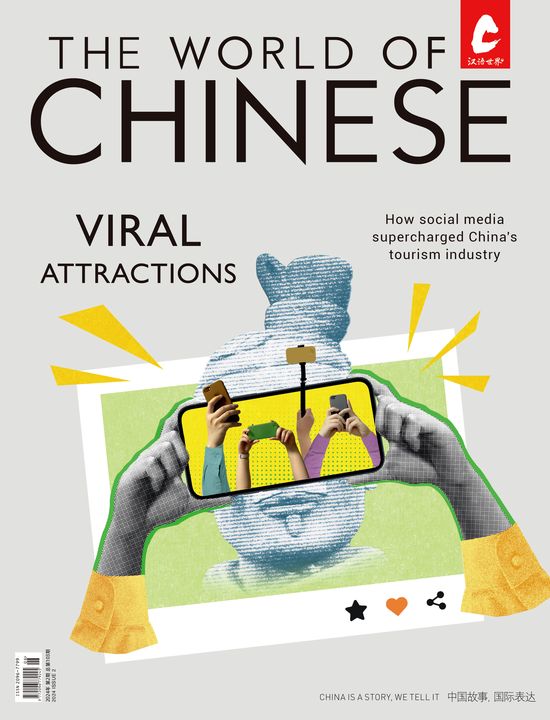China’s imperial examinations included a controversial test for gifted children
Modern China’s education system may have become notorious for ultra-competition and “involution (内卷),” but when it comes to raising child prodigies, parents today are no match for those in ancient China.
According to the History of Song (《宋史》), when Emperor Renzong of the Song dynasty (960 - 1279) came into power, there was a 32-year-old official in his court called Yan Shu (晏殊) who had been working in the civil service for 18 years. This meant that Yan must have become a civil servant at the age of 14—but this situation was far from unique.
The Song was a period when China’s civil service examination system, or keju (科举), became standardized and widespread. Within the examination system, there was a special test for choosing child prodigies called tongziju (童子举), literally “children’s imperial examination.” Over the 319 years of Song rule, around 300 children participated in the exam. However, the earliest report on tongziju date back to the Western Han period (206 BCE – 25 CE).
After Liu Bang (刘邦) became founding emperor of the Han, he learnt from the lesson of the collapse of the Qin dynasty and craved talented people to help him govern the empire. This also included children. According to the Book of Han (《汉书》), Prime Minister Xiao He (萧何) enacted a policy where “children who could recite over 9,000 words of a text had the chance to become civil servants,” though what text they had to recite from has been lost to the annals of history.
Apart from intelligence, filial piety was another important criterion for selecting child prodigies. Children who met both the requirements for intelligence and filial piety, and were between the ages of 12 to 16, could get a recommendation from senior officials to participate in the special exam and potentially gain a position in civil service.
Child examinations were also not immune to cheating scandals. The Records of the Three Kingdoms (《三国志》) stated that a 12-year-old boy named Sima Lang (司马朗) had passed the exam but was accused of lying about his age as he looked too strong and tall to be a preteen. He replied, “Generation to generation, my family members have all been tall and robust. I would never lie to others to gain reputation.” Having heard this, the supervisor of the exam was impressed and let him pass the exam, and indeed the boy became a great politician later.
By the end of the Han dynasty, tumultuous years of wars and conflicts had brought the tongziju screeching to a halt. Later in the Sui Dynasty (581 – 618), the keju was established, but it did not include an exam for children. It wasn’t until the Tang dynasty (618 – 907) that the tongziju was reinstated, likely because it was a time of great prosperity when people could put greater emphasis on education rather than merely making a living.
During the seventh century, the tongziju was made into an official branch of the keju. Regulations about the imperial examination for children were also updated. For example, they stipulated that only children under the age of ten could take the exam, and they must master extensive knowledge of Confucian classics such as the Classic of Filial Piety (《孝经》) and The Analects (《论语》), as well as composition and calligraphy.
During the Five Dynasties period (907 – 960), the tongziju appears to have become a rat race. Zhang Yun (张允), the minister of rites of the Later Jin state, wrote a memo to the throne saying, “Children’s freedom to play and have fun has been inhibited. Parents take education very seriously and push their kids to study all day to pass the exam.”













